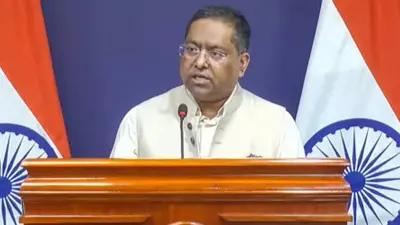

Delhi, December 28: The Ministry of Civil Aviation has decided to establish a permanent, 24×7 Passenger Assistance Control Room (PACR) at Udaan Bhawan, in New Delhi to accelerate passenger grievance redressal mechanism.
The objective of the initiative is to institutionalise a unified, future-ready mechanism for passenger assistance and crisis response.
According to the Ministry India’s aviation sector has witnessed phenomenal growth over the past decade, particularly the last eleven years, leading to a sharp rise in passenger traffic and connectivity.
“While this expansion has brought significant success, it has also resulted in persistent challenges such as flight delays, refund-related grievances, baggage-related issues, congestion, long queues and inadequate passenger facilities at peak hours. These challenges underscored the need for a structured, coordinated and real-time response mechanism to address these passenger centric issues,” said a Ministry communique.
Secretary Samir Kumar Sinha said that the PACR functions as an integrated hub bringing together officials from the Ministry of Civil Aviation, Directorate General of Civil Aviation (DGCA), Airports Authority of India (AAI), airline operators and other key stakeholders under one roof at Udaan Bhawan, in New Delhi.
“The PACR operates round-the-clock, continuously monitoring aviation operations, attending to passenger calls and coordinating real-time assistance and grievance resolution very efficiently and effectively,” he added.
The AirSewa system has also been fully integrated into the PACR, enabling seamless handling of passenger grievances received through it. An omni-channel technology backbone converts passenger inputs into actionable cases, supported by data-driven dashboards that provide live visibility on grievance types, timelines and stakeholder actions. The physical presence of airline representatives within the Control Room allows immediate coordination and on-the-spot resolution of issues.
As of now, more than 13,000 passenger grievances have been resolved through focused monitoring and expedited interventions at the PACR since December 03, 2025. In addition, over 500 call-based interventions have been undertaken to directly assist passengers during operational disruptions. Grievances related to flight delays, cancellations, refunds and baggage issues are prioritised and addressed in accordance with the provisions of the Passenger Charter.